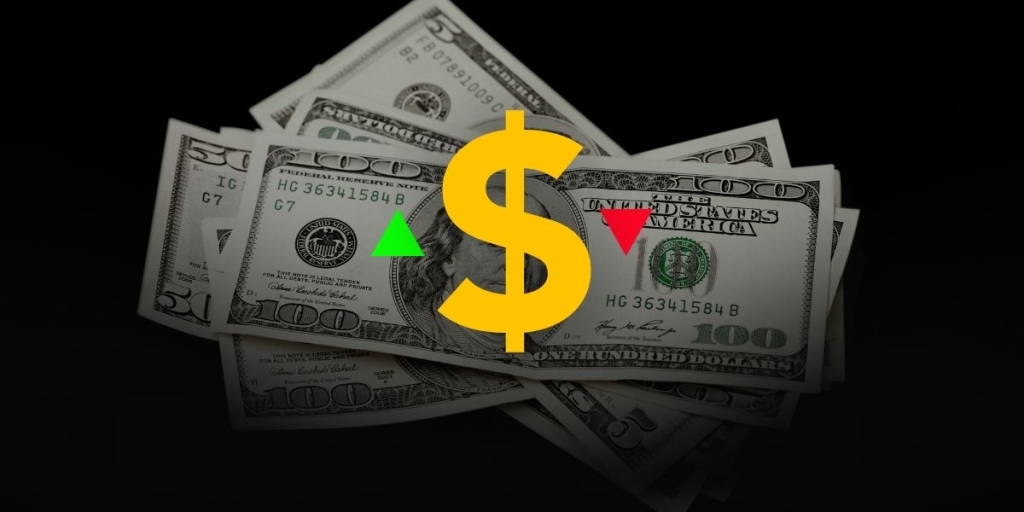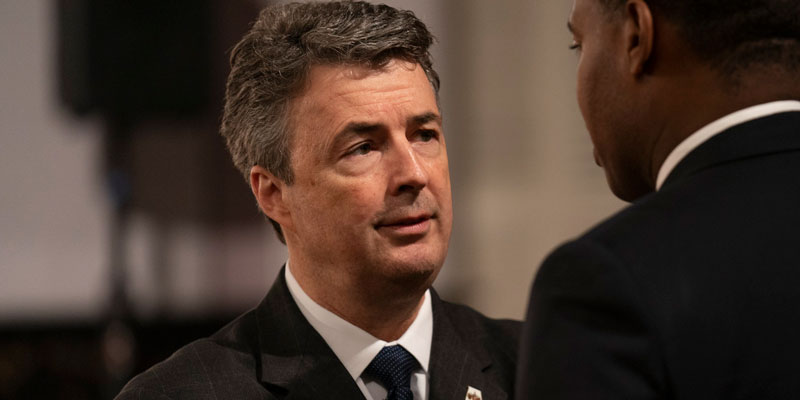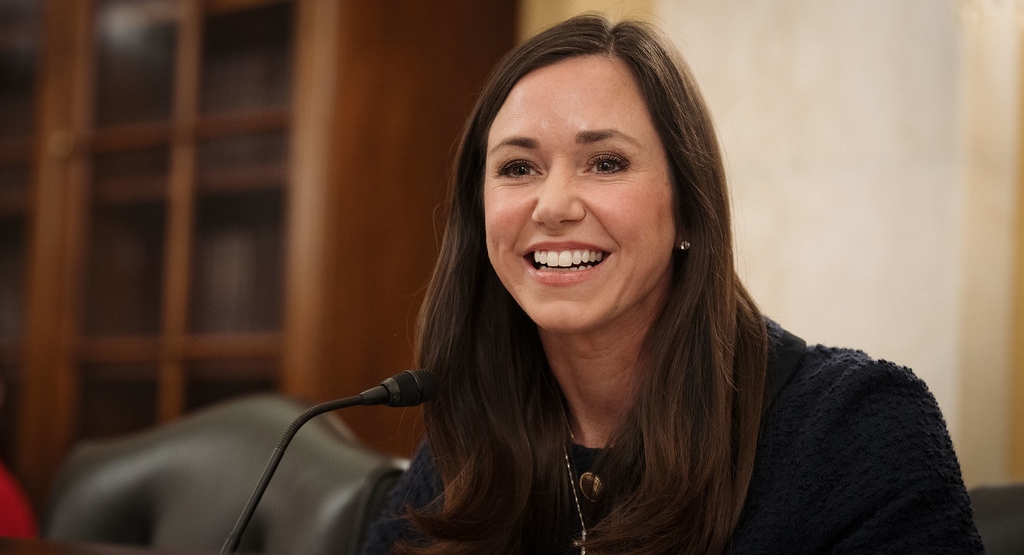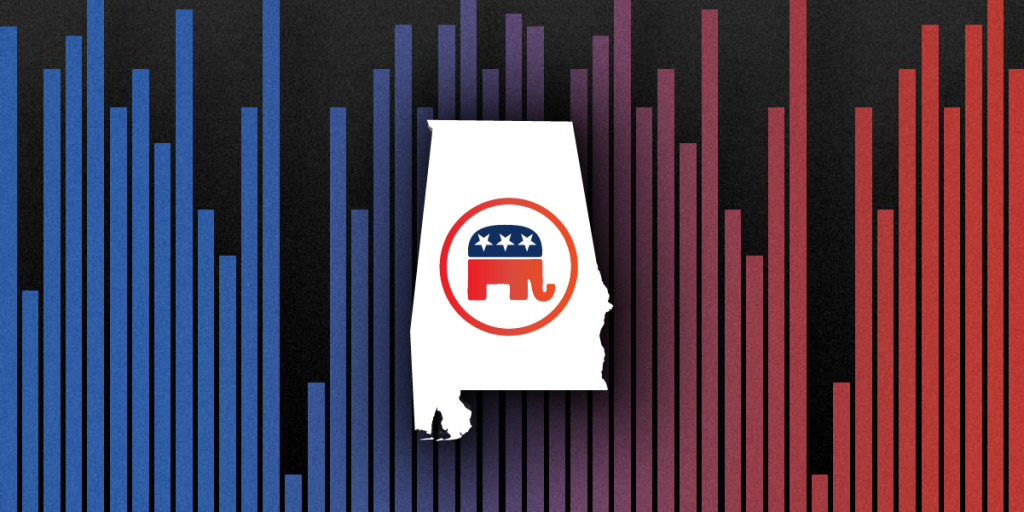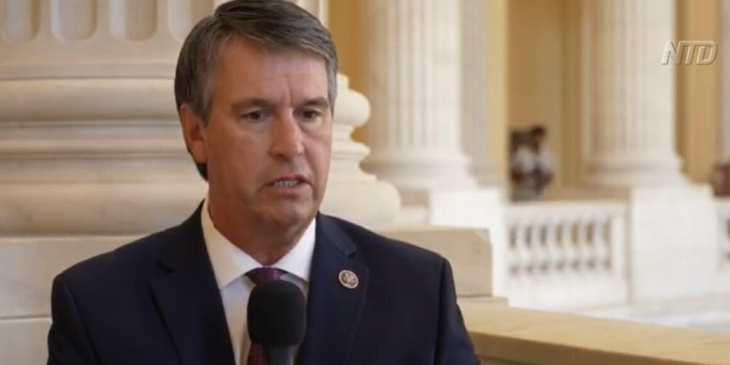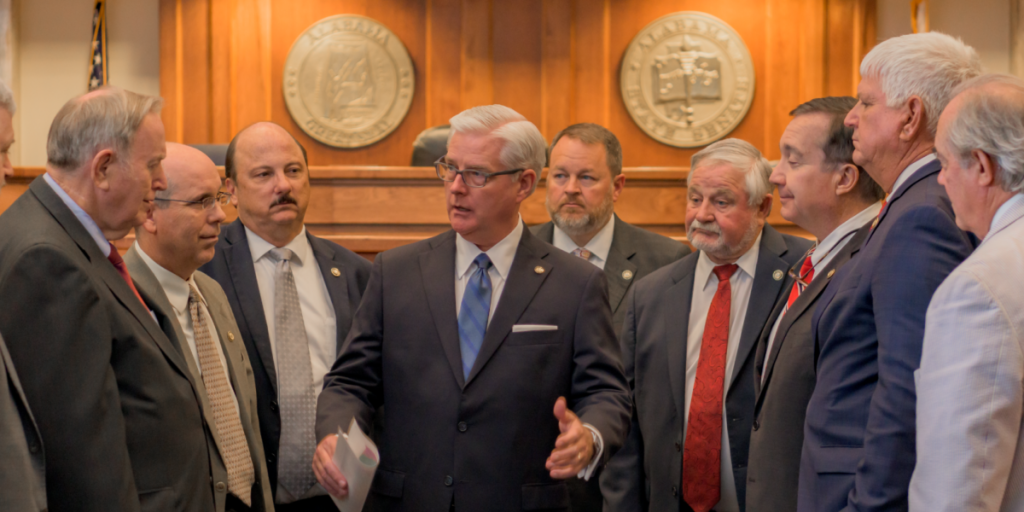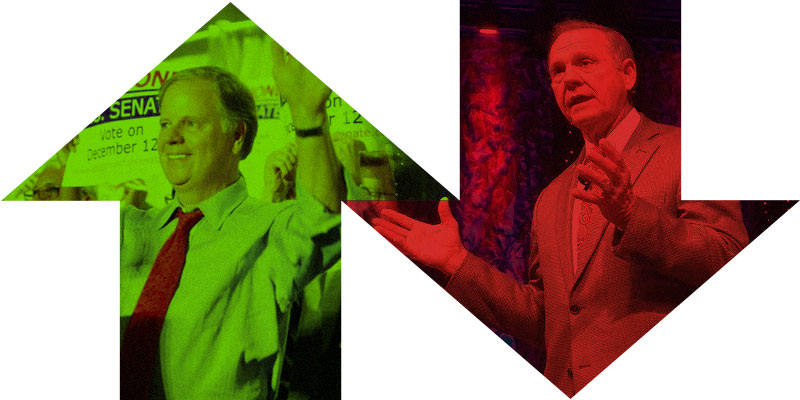
About those polls.
On a day when Republican Roy Moore’s faint flicker of hope died — the Alabama secretary of state’s office reported Wednesday that the number of provisional and overseas ballots won’t be nearly enough to overcome his deficit with Democrat Doug Jones in the Senate race — it is worth examining the myriad of polling leading up to last week’s election.
It is fashionable to bash polls when an underdog comes out on top. Despite outliers, however, most polls are not that wrong. The final RealClearPolitics polling average came out to a lead for Moore of 2.2 percentage points. He lost by 1.5 points.
That is a swing of about 3.7 points. In other words, it is roughly one standard deviation. That is not unusual for the inexact science of polling. But it looks jarring when Jones led in only two of the last eight public polls.
So what happened?
According to pollsters, it all comes down to assumptions. If a doctor extracts a blood sample, the liquid in the vial is guaranteed to be representative of the blood in the body. It is much trickier with humans. Pollsters have to figure out whom to count as a likely voter, and that is as much art as science.
“Humans are horrible at predicting their future behavior,” said Brent Buchanan, a Montgomery-based Republican consultant.
Buchanan said his firm, Cygnal, conducted 13 polls on the race for private clients. Although none were made public, he said his final poll showed the race tied — within a tenth of a percentage point — a week before the election, with the model predicting a Jones victory if turnout exceeded 1.25 million.
The reason, Buchanan said, is that his model allows for a certain amount of “float” in the polling sample. That means he does not stick to a preordained view of which voters are going to show up on Election Day. At the same time, he added, he has “guardrails” to prevent truly unlikely voters from being included in the survey.
That offers an advantage over pollsters who stuck to a turnout model that is typical for low-key special elections in off years, Buchanan said. The actual turnout, 1.3 million voters, was more akin to a gubernatorial election.
Buchanan said the high turnout was a function, to a large degree, of massive media coverage and TV ads that drew the interest of “low-propensity voters.” Buchanan said he detected that shift in his polling over time.
“Even a midterm (election) wouldn’t have this kind of attention,” he said.
Jonathan Gray, a Mobile-based Republican consultant, said he does not believe the polling misfired. He said it was an unusual race that featured late allegations that Moore, decades ago, had inappropriate sexual contact with teenagers.
“I think we saw a very volatile race that was all over the place,” he said. “Polling is not good at volatile elections.”
Gray also attributed part of the increased turnout to a first-rate get-out-the-vote effort by Jones that was the result of superior financial resources and an energized liberal base — factors that will be hard for Democrats to duplicate in future elections.
“They nailed it,” he said. “But he had more money than any Democrat in history to run against Roy Moore.”
Both Buchanan and Gray cautioned against reading too much into exit polls. They suggested the media put too much faith in results showing that black voters made up 29 percent of the electorate — a stunning figure that not only topped African-American turnout in 2012 when the first black president was on the ballot but also exceeds the black share of the state’s population.
“It flat-out did not happen,” Gray said, basing his judgment on turnout in key precincts where African-Americans make up close to 100 percent of all voters.
Gray said people should especially be dubious of exit polls in Alabama because the state has such little history with exit polls.
Buchanan said the black share of voters likely was more than the 22 percent that analysts typically would expect for a special election but not anywhere close to 29 percent.
Gray said he is reserving judgment on the election until after the state certifies the results and releases the public voter files. That will allow analysts to pinpoint individual voters to see which ones cast ballots and which ones stayed home.
Those ballots are secret, but Gray said he can extrapolate from the data whether Jones won because Republicans voted for him or skipped the election. For instance, by looking at “perfect Republican primary voters” — who vote in every Republican primary — Gray can determine if there was a measurable drop-off in participation. If there was, that would suggest Jones won because of a turnout differential. If there was not a drop-off, he added, it would indicate that Republicans switched sides.
It is the kind of precision that is hard to capture in an exit poll, Gray said.
The data will help unlock puzzles like the Daphne Civic Center, where Jones edged out Moore by 91 votes but where President Donald Trump took 65.5 percent of the vote in 2016. The story was similar at the Connie Hudson Mobile Regional Senior Community Center, where Jones won 55.6 percent of the vote but where Trump beat Clinton 60 percent to 37 percent.
Shifts like that could be due to a surge in Democratic voters, a decline in Republican voters or GOP defections.
Buchanan said it likely was a combination.
“Both had to occur to allow Doug Jones to win,” he said.
Brendan Kirby is senior political reporter at LifeZette.com and a Yellowhammer contributor. He also is the author of “Wicked Mobile.” Follow him on Twitter.





